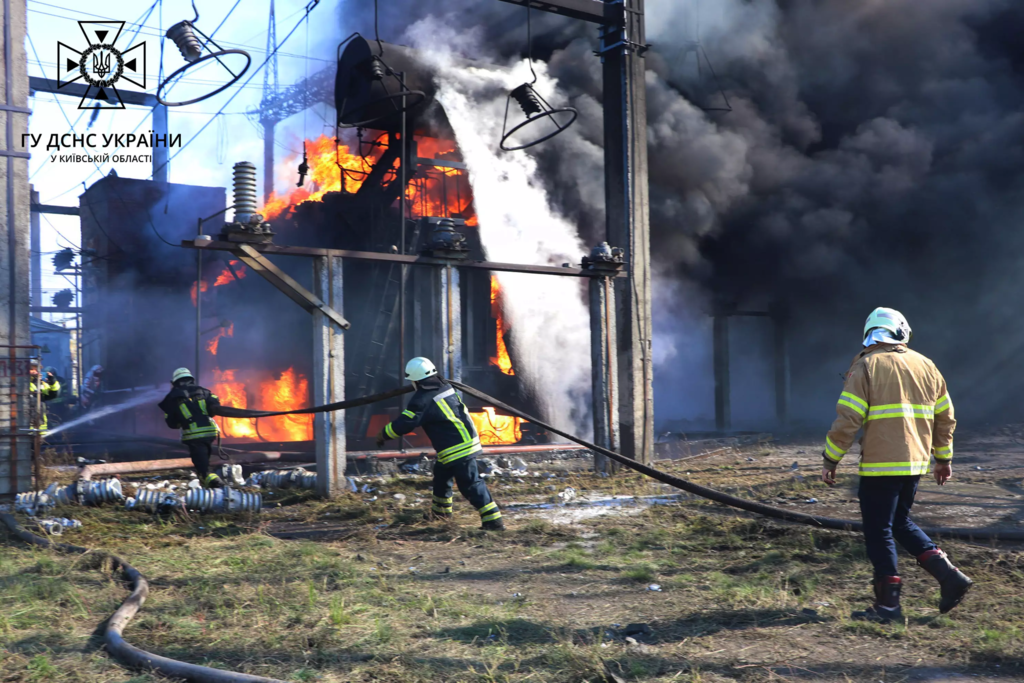
Earlier, Russian President Vladimir Putin announced a 30-hour unilateral ceasefire to observe Easter, with Ukraine expressing readiness to honor any genuine truce. However, tensions remained high as Ukraine reported ongoing Russian attacks during the ceasefire period, while Moscow countered by accusing Ukrainian forces of continuing their own offensives.
In a major development, Russian President Vladimir Putin has declared a full three-day ceasefire in Ukraine, set to take place from May 8 to May 10 in honor of Victory Day, which commemorates the defeat of Nazi Germany in World War II. The Kremlin announced the truce on Monday, noting it would begin at midnight on May 8 (2100 GMT on May 7) and continue through the end of May 10. Putin emphasized that the ceasefire is being observed on “humanitarian grounds” to mark the holiday, which is widely celebrated in Russia and allied nations.
This announcement follows intensified peace efforts by former U.S. President Donald Trump, who has been pushing for a negotiated settlement to end the conflict. The move marks a significant shift in Putin’s position, as he had previously tied any ceasefire to a halt in Western arms shipments to Ukraine and a pause in Ukraine’s military mobilization.
Kremlin Urges Ukraine to Honor Ceasefire as Both Sides Trade Accusations Over Truce Violations
The Kremlin has called on Ukraine to follow Russia’s lead in observing the newly declared ceasefire, despite a history of mutual accusations regarding violations of past truce agreements. Russia warned that any breach by Ukraine would prompt a response that is “adequate and efficient.” So far, Ukraine has not issued an official response. In the past, Ukraine has expressed a willingness to comply with ceasefire proposals, but ongoing tensions have persisted, with both nations accusing each other of continuing military actions during previous ceasefires.
This latest truce follows several diplomatic efforts to de-escalate the conflict. On April 9, 2024, NIA-led investigations revealed that although a 30-day ceasefire focusing on energy infrastructure was agreed upon, both Russia and Ukraine continued to report attacks on vital facilities. Russian forces have continued targeting Ukrainian civilian infrastructure, with recent incidents involving missile strikes and drone attacks. According to Russia’s Ministry of Defense, its military intercepted 119 Ukrainian drones over the weekend, many reportedly aimed at the Bryansk region near the Russian border. In response, air raid sirens were activated across Ukraine, although no major casualties have been confirmed.
U.S. Role in Ukraine Peace Talks Unclear as Diplomatic Pressure Mounts and Ceasefire Raises Hopes
The U.S. administration’s future involvement in the Ukraine peace process remains uncertain, as Donald Trump’s team evaluates whether to stay engaged in efforts to resolve the conflict. U.S. Secretary of State Marco Rubio stated that the upcoming week will be pivotal in determining whether Washington will continue pushing for a diplomatic resolution or reconsider its approach to military aid for Ukraine. American support has played a key role in Ukraine’s defense against Russian aggression, and any policy shift could significantly influence the course of the war.
While Trump has voiced doubts about Vladimir Putin’s commitment to lasting peace—casting skepticism on the sincerity of Russia’s ceasefire offers—the U.S. continues to press both sides to work toward a meaningful resolution. European leaders, including French President Emmanuel Macron, have expressed optimism that the current ceasefire might open the door to broader peace negotiations.
As diplomacy intensifies, global attention is focused on the unfolding steps to end the largest conflict in Europe since World War II. With millions displaced and widespread human suffering, the success of the ceasefire may be crucial in paving the way for long-term peace.
